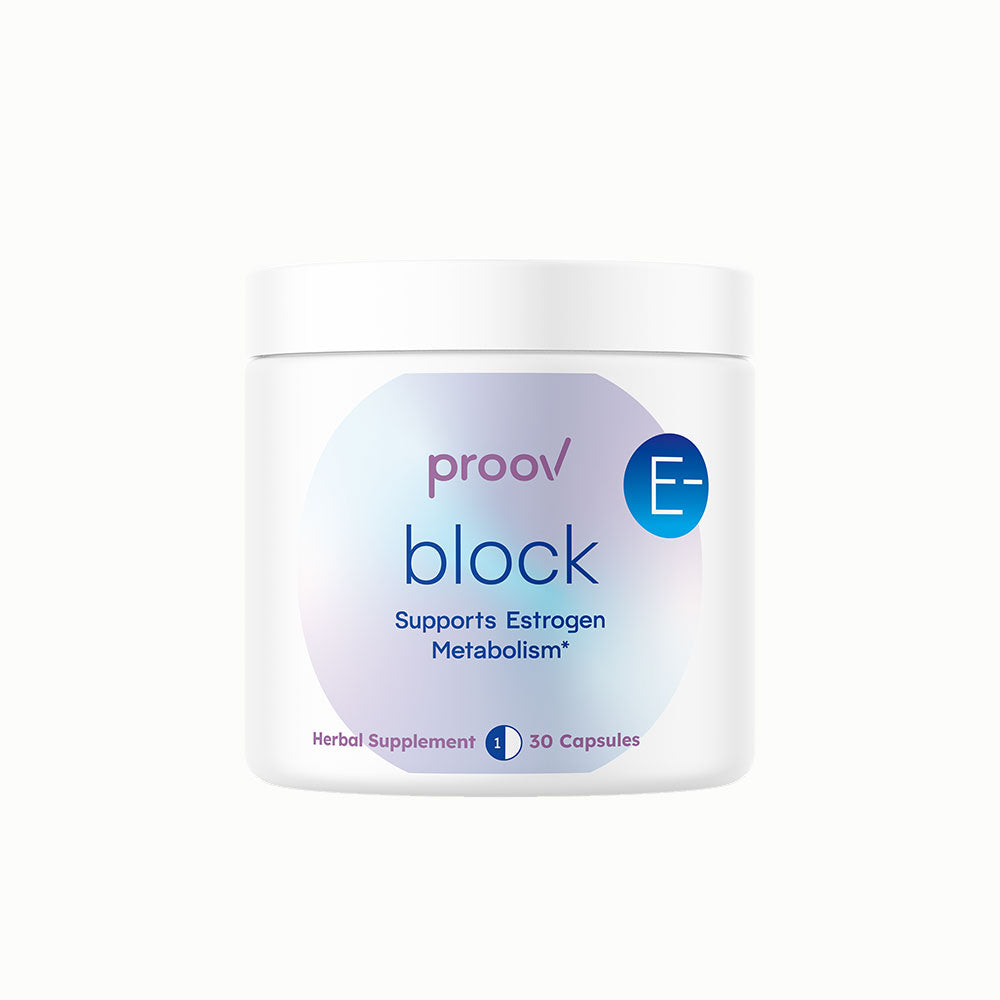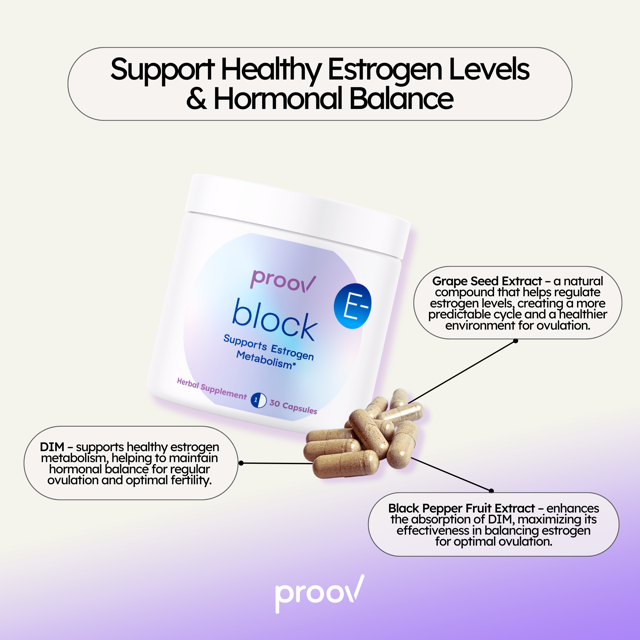As you transition through perimenopause and into menopause, your body can experience a lot of changes—many of which can affect your skin. From dryness and itchy skin to changes in texture and skin tone, these changes can be both physically uncomfortable and emotionally challenging. In this article, we discuss the connection between menopause and skin changes, highlight the commonly occurring perimenopause skin changes, and offer practical advice on how to keep your skin healthy and vibrant during this time.
Let’s get into it!
What is perimenopause?

Perimenopause, also called the menopausal transition, refers to the transitional period leading up to menopause, typically occurring in your 40s or 50s, though it can start earlier. It usually lasts two to eight years before menopause, with the average being around four years.
The key difference between perimenopause and menopause lies in one keyword — menstruation. Perimenopause is the period leading up to your final menstrual cycle, while menopause is confirmed when you haven’t had a period for 12 consecutive months.
During perimenopause, your ovaries release eggs unpredictably and less regularly, causing your body’s hormone levels, especially estrogen and progesterone, to fluctuate and gradually decline. These hormonal changes are the primary drivers behind many perimenopause symptoms, including irregular menstrual cycles, hot flashes, night sweats, sleep problems, and, yes, skin changes.
Skin changes and perimenopause
There are the classic symptoms of perimenopause—like hot flashes, night sweats, sleep problems, vaginal dryness, low libido, and fatigue—that many women are familiar with. But then there are those symptoms you don’t see coming since they aren’t widely talked about or recognized as being linked to menopause. One such symptom is skin changes.
Why does your skin change?
Ever wondered why you get period acne—those dreaded breakouts just before your period? It's due to the hormonal fluctuations that happen in the second half of your menstrual cycle, known as the luteal phase, which begins right after ovulation. Or maybe you've dealt with melasma, the infamous "mask of pregnancy," which happens when the increased production of hormones that occur during pregnancy causes the melanocytes (pigment-producing cells) in certain areas of the body to become overactive. Unfortunately, hormonal fluctuations or imbalances continue through menopause, along with the skin concerns they can cause.
Hormones, particularly estrogen, play a vital role in maintaining your skin's health and appearance. It stimulates the production of collagen and elastin, which provides structure, thickness and elasticity. It also helps your skin produce hyaluronic acid, a substance that retains moisture, and maintains your skin barrier function to prevent excessive moisture loss and protect against environmental factors like pollution and UV rays. Plus, it aids wound healing.
In summary, estrogen helps keep your skin firm, plump, resilient, and youthful. Progesterone also supports skin health by reducing inflammation and stimulating sebum (oil) production. However, during perimenopause, levels of both hormones decline. You can probably guess what happens next, but let’s explore those changes in detail.
Five common perimenopause skin problems

- Dryness or flakiness: As estrogen levels drop, so does the production of collagen, elastin and hyaluronic acid, which are essential for maintaining skin's thickness, firmness, and moisture. Without these, your skin loses moisture more quickly and struggles to retain it. This can make your skin feel dry, rough, and flaky, especially after washing.
- Acne breakouts: Acne can make a reappearance during perimenopause due to fluctuating hormone levels, which can lead to increased oil production and clogged pores in some women.
- Sagging skin: As collagen production decreases, your skin can lose its firmness and start sagging. You may notice more wrinkles and fine lines, particularly around the eyes, mouth, and forehead.
- Increased sensitivity: With the skin getting thinner, you may find that your skin becomes more sensitive to skincare products, fabrics, dyes, perfumes, and other environmental factors that previously didn’t bother you. Increased sensitivity may manifest as rashes, itchy skin, or eczema.
- Hyperpigmentation and discoloration: Just like during pregnancy, hormonal changes that occur in perimenopause can lead to an increase in melanin production, causing dark spots or patches to appear on the skin.
How can I treat my skin issues?
Perimenopause skin changes may be a natural part of aging, but that doesn’t mean you have to endure their impact on your self-confidence and mental health. The good news is that there are plenty of strategies—including lifestyle adjustments, skincare routines, and medical treatments—that can help manage or treat these changes and prevent them from reoccurring.
Natural remedies
1. Use gentle facial cleansers
Avoid harsh soaps and cleansers that can strip your skin of its natural oils. Opt for a mild, hydrating cleanser instead. You may wonder: “How can I know a gentle cleanser for dry skin?” It’s easy! Check product labels for words like "gentle," "non-foaming," “for dry skin”, or "cream cleanser" and look through the ingredient list for key hydrators like glycerin, ceramide, colloidal oatmeal, and hyaluronic acid. Fragrance-free cleansers are also less likely to dry and irritate the skin.
We know how soothing hot showers can be, but you may want to avoid them, as they too can cause or worsen skin dryness.
2. Moisturize regularly
Use a rich, hydrating moisturizer daily, preferably one that contains hyaluronic acid, ceramides, glycerin, argan oil, peptides, shea butter. It can help create a physical barrier that locks in hydration and prevents your skin from drying out. It may also help smoothen your skin texture.
Pro tips:
- Don’t dry your skin completely after a shower; apply your moisturizer while your skin is still slightly damp for maximum hydration.
- Use different moisturizers for your face and body. Choose lightweight, water- or-gel-based ones for your face to avoid clogged pores and potential acne breakouts, as the face has the largest and highest concentration of sebaceous glands.
- Be sure to apply a generous amount of moisturizer during cold winter months and on air travel, where there’s less moisture in the air.
3. Eat for a healthier skin
A diet rich in omega-3 fatty acids, vitamins C and E, and antioxidants can support skin health. Incorporate foods like fatty fish (e.g., salmon and mackerel), nuts (e.g., walnuts and almonds), sunflower seeds, fruits (like citrus fruits, grapes, and bell peppers), vegetables like carrots, and collagen-rich bone broth into your diet to banish your skin problems, strengthen your skin barrier, and achieve a glow that can only come from within.
4. Use sun protection
No matter your age—whether you’re sixteen or forty—protecting your skin from the sun’s harmful rays is essential for maintaining healthy, youthful skin. It is even more important during perimenopause, as too much sun exposure can worsen skin changes like hyperpigmentation, sagging, and wrinkles, and increase your risk of skin cancer. Be sure to use a broad-spectrum sunscreen with at least SPF 30 daily before stepping outside. Wearing a broad-brimmed hat and sunglasses can add an extra layer of protection.
Medical options
1. Topical retinoids
Retinoids are chemical compounds derived from vitamin A and can help boost collagen production, improve skin texture, reduce the appearance of wrinkles, and treat acne, among other benefits. They usually feature as active ingredients in varying concentrations in both over-the-counter and prescription skin products. Examples include retinol, tretinoin, retinal, and adapalene.
It’s worth noting that improper use of retinoids can potentially worsen your skin issues, or they might not be as effective if they are low-strength, mild versions (which is usually the case with over-the-counter products). Plus, retinoids can come with side effects, so we strongly advise consulting an expert clinician for personalized advice and a prescription.
2. Hormone replacement therapy (HRT)
HRT can help manage perimenopause skin changes by replenishing estrogen levels. Since the treatment must be prescribed and monitored by your healthcare provider, it’s important to discuss the potential benefits and risks of HRT with them, as well as which of the available types is right for you, before proceeding.
3. Professional skin treatments
Consider seeing a dermatologist for a diagnosis and prescription medications or an aesthetician for advanced cosmetic treatments like chemical peels, laser therapy, dermal fillers, Botox, or microneedling to address specific concerns such as acne, fine lines, wrinkles or hyperpigmentation.
Other medical treatments include:
- Topical estrogen cream: Replenishes lost estrogen directly in the skin.
- Hydrocortisone cream: Used for more severe cases of dryness and itching.
- Antihistamines: Helpful when itchy skin becomes unbearable.
How do I know my skin issues are caused by perimenopause?
You should consult with your doctor if you are experiencing sudden, severe or persistent symptoms like extreme dryness, rashes, excessive hair growth, persistent acne, or unusual skin changes. They can help confirm whether your skin issues are indeed related to perimenopause or if there’s another underlying cause.
If you’re also experiencing other symptoms of perimenopause—like hot flashes, night sweats, or irregular periods—then it's likely that your skin changes are related to this stage of life. Understanding your hormones can really help put your unique experiences into perspective and give you control over the situation. Proov Empower offers an accurate, non-invasive, and painless at-home testing that lets you monitor your hormone levels without constant doctor visits. The best part? Results are available within 10 minutes of testing.
With our just-pee tests and free companion app, you can get easy-to-understand insights anytime, anywhere. We also provide natural solutions—like the Boost Herbal Supplement, which supports estrogen production—to support your journey through perimenopause.
With Proov Empower, you are never alone. You’ll have unrestricted access to an online community of women who are on the same journey as you, as well as quality customer care from a team of women who not only understand your experiences but are available seven days a week to provide timely support. And if you need tailored expert advice or prescription medication support, we can quickly connect you with a medical expert.












